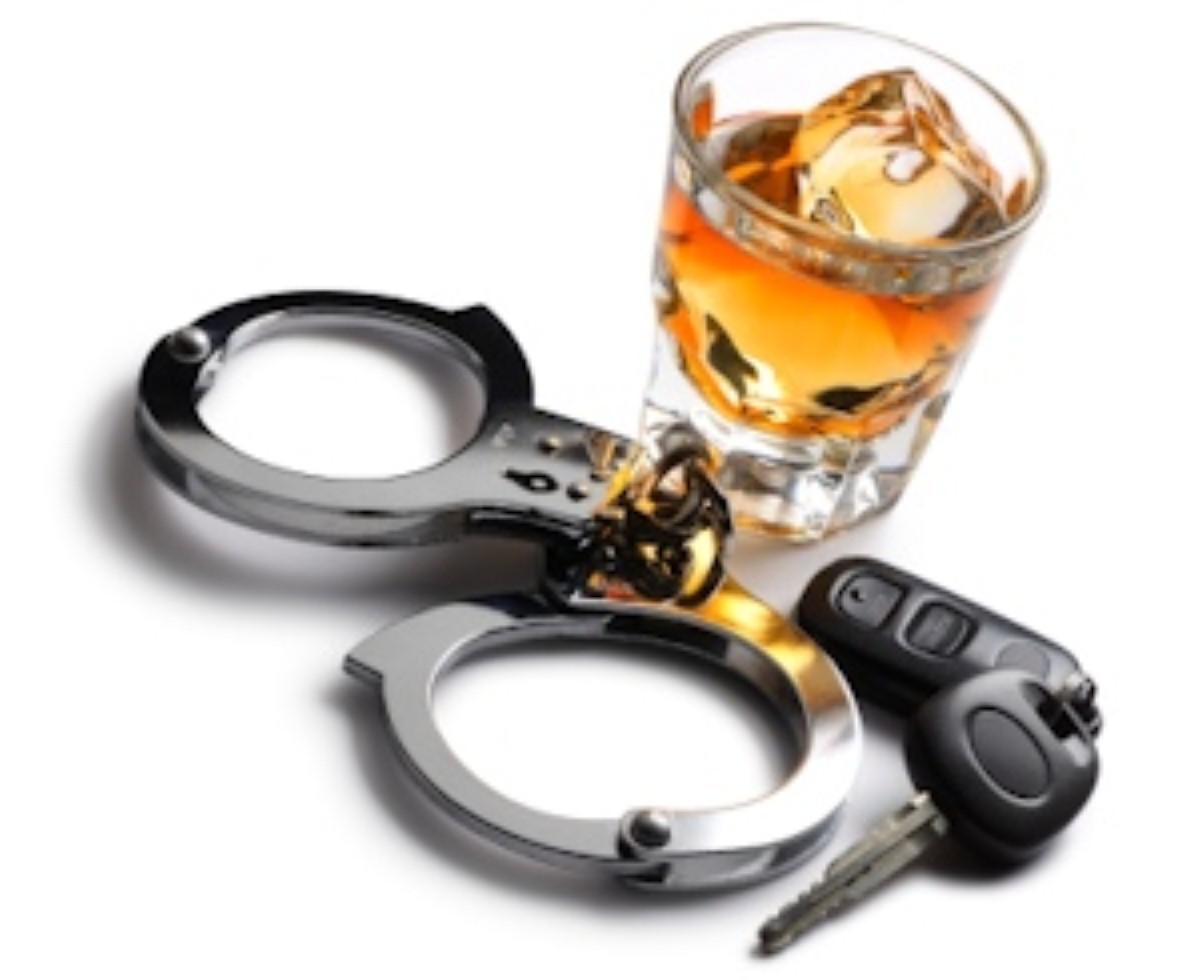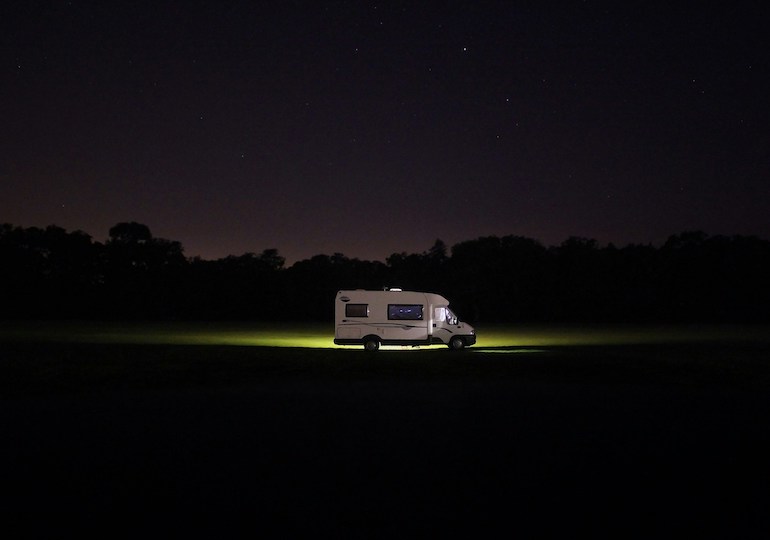by Tom Leaning
It’s 50 years ago (May 1967) that a blood alcohol limit for drivers was first introduced in the UK, yet Government figures suggest drink drive casualties are on the rise.
Provisional statistics for 2015 (the latest data available) from the Department for Transport indicate that 1,380 people were killed or seriously injured in accidents where at least one driver was over the limit – up 5 per cent on the previous year.
There has also been a rise in drink drive casualties of all severities. The estimate for 2015 is 8,480 – a 3 per cent increase compared with 2014*
Police carried out over half a million (520,219) roadside breath tests in 2015, with more than 60,000 drivers and riders (one in eight of those tested) failing or refusing to take the test**
The Road Safety Act of 1967 set the maximum limit at 80mg of alcohol per 100mL of blood (0.35mg of alcohol per litre of breath). It became an offence for the first time to drive, attempt to drive or be in charge of a motor vehicle with a blood or breath alcohol concentration exceeding that limit.
The 80mg per 100mL limit was based on evidence that a road accident is more likely to happen at or above this level. But more recent evidence shows that drivers are impaired below this limit.
With just 10mg per 100mL (one-eighth of the current English limit) you are 37 per cent more likely to be involved in a fatal road accident than when sober***. At the lower Scottish limit of 50mg per 100mL of blood you are 5 times more likely and at the current English limit you are 13 times more likely to be in a fatal crash****.
“It has now become socially unacceptable in most circles to drive whilst over the limit,” comments Hunter Abbott, Advisor to the Parliamentary Advisory Council for Transport Safety and Managing Director of self-test breathalyser firm AlcoSense Laboratories.
“Most people now know that if they go out drinking, they leave the car keys at home, but there’s a wide misunderstanding about how long alcohol can stay in the system the morning after. Sleeping does not hit a ‘reset’ button – you process alcohol at the same rate whether you’re awake or asleep. The speed at which alcohol is eliminated varies considerably, influenced by factors such as size, health, metabolism and how much you have eaten.
“So it’s easier than you think to unintentionally drink drive the next morning, or to drive unaware that there is still enough alcohol in your system to dramatically increase your chances of being in a fatal road accident. The only way to know you’re clear is either to abstain from alcohol completely or to use an accurate personal breathalyser such as the AlcoSense Excel, which gives detailed alcohol concentration readings”.
Richard Allsop, Emeritus Professor of Transport Studies at University College London, undertook the original statistical analysis that advised then Transport Minister Barbara Castle to determine the 80mg per 100mL limit.
He says: “None of us knows whether we are one of the thousands of lives saved in Britain over the past 50 years, but as we rejoice for them, we should not forget those who are being killed by drink driving at levels below the outdated limit in England, Wales and Northern Ireland of 80mg/100mL”.
The introduction of the police breathalyser in 1967 helped the percentage of road traffic accidents where alcohol had been a factor to drop from 25 per cent to 15 per cent in the first year.
Way back in 1872 it had become an offence to be drunk in charge of cattle, steam engines or carriages – the penalty being a fine up to 40 shillings (£2) or imprisonment with or without hard labour.
Ninety years later, the Road Traffic Act of 1962 made it an offence to drive if your “ability to drive properly was for the time being impaired” – but no legal drink drive limit was set until 1967.
Prior to that, drink driving prosecutions had relied on subjective tests such as whether you could walk down a white line painted on the floor without wobbling or touch your nose with your eyes shut, along with other observations made by police surgeons and witness statements.
Following the passing of the Road Safety Act on 10 May 1967, the new drink driving law came into force on 8 October that year.
“There is no doubt that decades of Government-funded education and enforcement have saved thousands of lives. But we currently have the highest drink drive limit in the developed world. Lowering that limit based on newer research could save many more lives,” concludes AlcoSense’s Abbott.
* Department for Transport (2017) ‘Reported road casualties in Great Britain: Estimates for accidents involving illegal alcohol levels: 2015 (second provisional)’
** Home Office (2016) ‘Police powers and procedures, England and Wales, year ending 31 March 2016’
*** “Drugs and Alcohol: Their Relative Crash Risk”, Romano et al. Published January 2014 in the “Journal of Studies on Alcohol Drugs”. Page 6, Table 6, BAC Model 1, Average of the odds of all age ranges at 0.01 per centBAC blood alcohol content (1.45 + 1.37 + 1.29)/3 = 1.37), expressed as a percentage of 37 per cent increase in likelihood.
**** Romano et al, Pacific Institute for Research and Evaluation, Maryland and Department of Mathematical Sciences, University of Puerto Rico: ‘Drugs and Alcohol: Their Relative Crash Risk’, Journal of Studies on Alcohol and Drugs, Jan. 2014.






















































